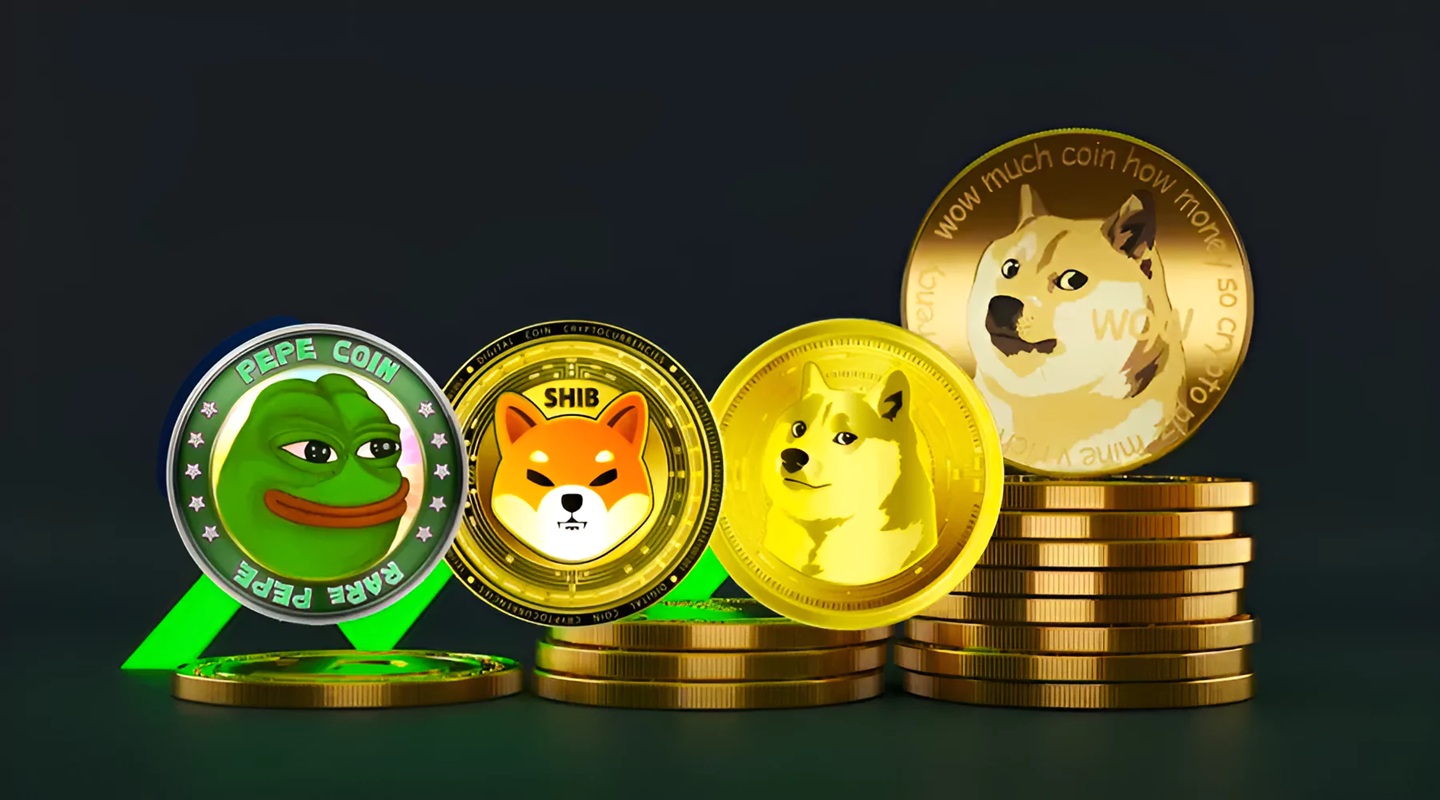Developers craft tokenomics models that balance community appeal with sustainable economics to create successful meme coins. The design process involves carefully structuring token distribution, reward mechanisms, and utility features that attract investors while maintaining long-term viability. Successful tokenomics for new presale tokens requires combining viral potential with economic incentives that keep communities engaged beyond initial hype cycles.
Supply allocation design
Meme coin developers allocate total token supply across different categories to balance immediate appeal with long-term sustainability. The distribution typically includes community rewards, development funds, marketing budgets, and presale allocations. Smart allocation decisions prevent excessive concentration while ensuring adequate resources for project growth.
Community allocations often receive the largest portion to maintain decentralized ownership patterns that appeal to meme coin enthusiasts. Developers reserve smaller percentages for team compensation and operational expenses to demonstrate commitment to community-first principles. Marketing budgets receive dedicated allocations to fund viral campaigns and influencer partnerships that drive adoption. Development funds support ongoing technical improvements and feature additions that maintain project relevance. Lock-up periods for team and development allocations prevent immediate selling pressure that could destabilize early price action.
Reward mechanism creation
Innovative reward systems distinguish successful meme coins from countless failed projects by providing ongoing value to token holders. Developers design staking programs, reflection mechanisms, and governance rewards that encourage long-term holding rather than quick speculation. These mechanisms create utility beyond mere speculation while maintaining the playful nature that defines meme coin culture.
Staking rewards provide passive income streams that incentivize holders to remove tokens from circulation temporarily. Reflection systems automatically distribute transaction fees to existing holders based on their holdings, creating compound growth effects. Governance participation rewards encourage community involvement in project decisions while distributing additional tokens to active members. Gaming and entertainment features provide an alternative utility that keeps communities engaged during market downturns.
Deflationary features integration
Burn mechanisms and deflationary tokenomics create artificial scarcity supporting price appreciation. Developers integrate automatic burning features triggered by transaction volume, manual burns funded by revenue streams, or community-voted destruction events. These deflationary elements counteract inflationary pressures from reward distributions. Transaction-based burns remove small percentages of tokens from circulation with each trade, creating deflationary pressure proportional to network activity. Revenue burns use project income from partnerships or services to purchase and destroy tokens regularly. Community burn events allow holders to vote on destruction amounts and timing, creating participatory deflation that builds engagement. Maximum supply caps prevent unlimited inflation while periodic burn events reduce circulating supply below initial levels.
Community incentive structures
Social engagement rewards and community-building incentives transform passive holders into active promoters who drive organic growth. Developers create referral programs, content creation bounties, and social media campaigns that reward community members for spreading awareness. These incentive structures leverage meme culture’s viral nature while providing tangible rewards for participation. Referral bonuses reward existing holders for bringing new investors into the ecosystem through trackable links or codes. Content creation programs pay community members to produce memes, videos, and educational materials that promote the project. Social media campaigns reward sharing, commenting, and engagement across platforms while tracking contribution quality. Ambassador programs identify influential community members and provide ongoing compensation for leadership activities.
Launch strategy planning
Presale structure and launch timing decisions create initial momentum that determines long-term success potential. Developers design multi-phase presales with escalating prices, exclusive access tiers, and bonus structures that create urgency while building committed communities. Launch strategies coordinate presale completion with exchange listings and marketing campaigns for maximum impact. Presale phases with increasing prices reward early supporters while building anticipation for later stages. Exclusive access periods for allowlist members create perceived scarcity and reward community engagement during development phases. Bonus structures provide additional tokens for larger investments or early participation without devaluing the base offering. Exchange listing coordination ensures immediate trading availability after presale completion, while marketing campaigns time announcements for maximum social media impact.


